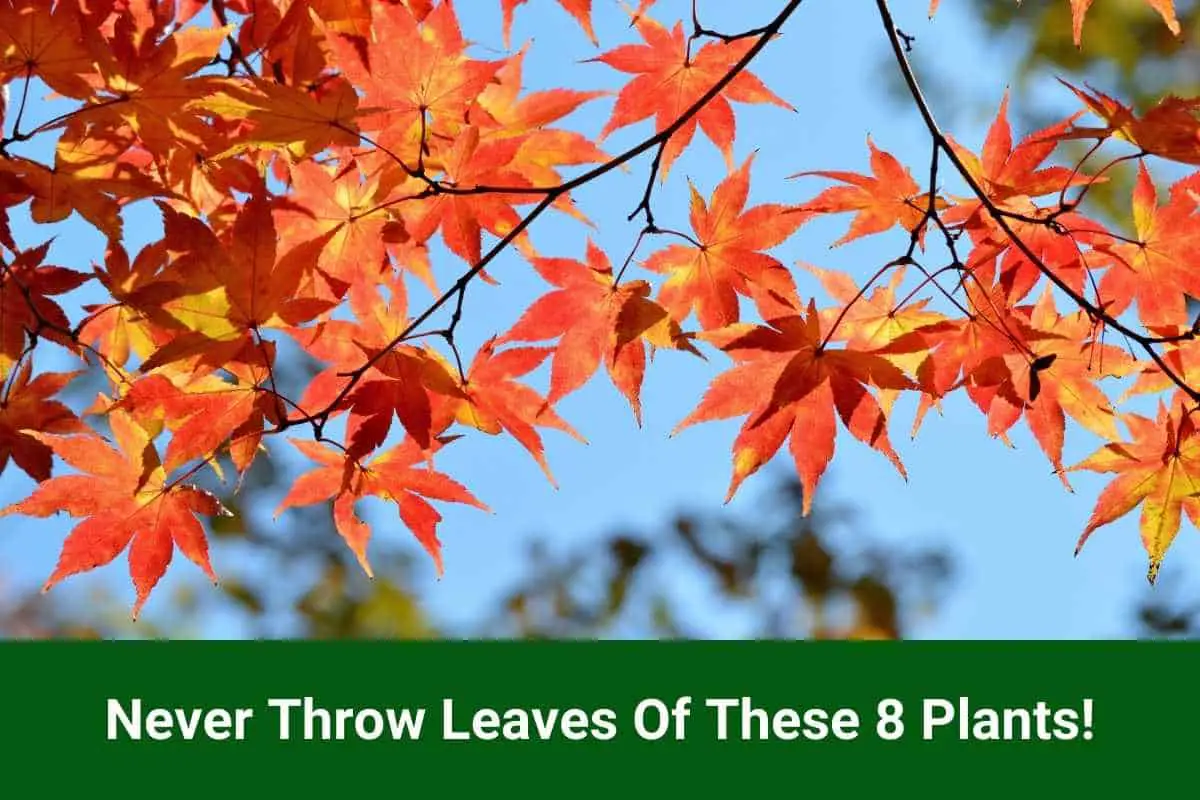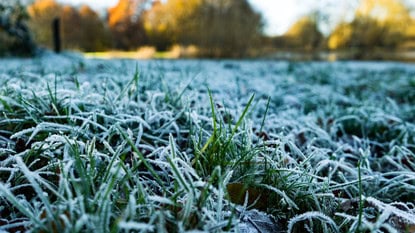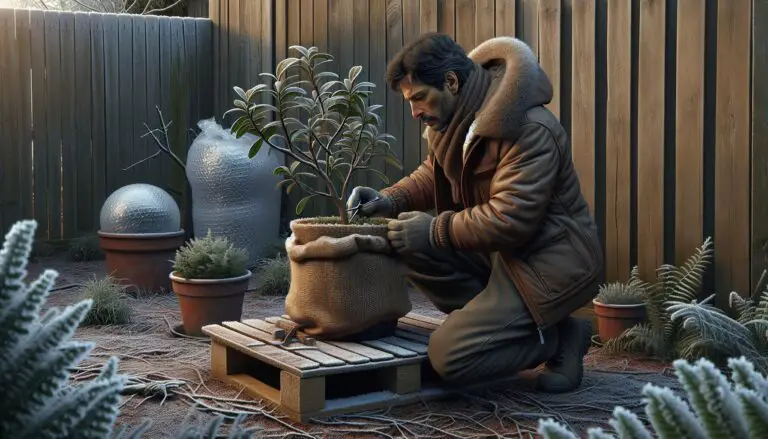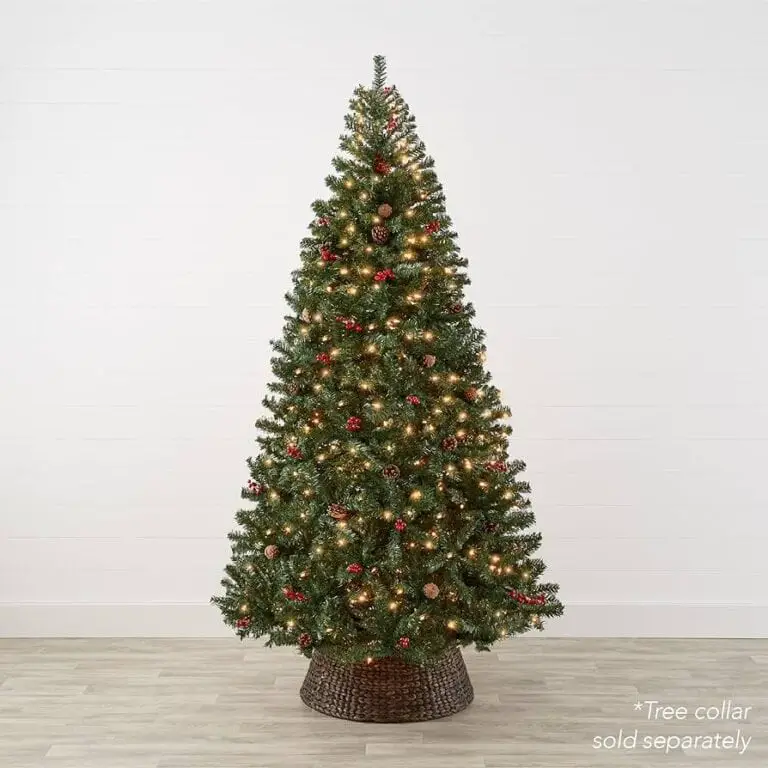Never Throw Leaves Of These 8 Plants!
Never throw away leaves from these 8 plants; they can regrow. Reuse them to cultivate new plants effortlessly.
Gardening enthusiasts often overlook the potential of plant leaves. Leaves from certain plants can be reused to grow new ones, saving money and reducing waste. This sustainable practice helps maintain a thriving garden with minimal effort. By understanding which plants’ leaves can regrow, gardeners can cultivate new plants efficiently.
This method is beneficial for both indoor and outdoor gardening. Learning about these plants can transform your gardening experience. It promotes sustainability and ensures a continuous supply of greenery. Embrace this eco-friendly practice to enhance your garden’s beauty and health. Read on to discover the plants that offer this incredible regrowth potential.

Credit: www.reddit.com
Never Throw Away These 8 Leaves!
Here are some plants whose leaves you should never throw away:
- Oak
- Maple
- Birch
- Willow
- Beech
- Chestnut
- Poplar
- Sycamore
Use these leaves to make your garden better. They help in many ways. Try using leaf mulch today. Your garden will thank you.
Plant leaves are often discarded. Yet, they have many benefits. They can be nutrient-rich and improve soil health. Keep reading to learn more about these amazing benefits.
Nutrient Rich
Some plant leaves are packed with essential nutrients. They contain vitamins, minerals, and antioxidants. These nutrients can be beneficial for health.
- Vitamin C: Boosts the immune system.
- Calcium: Strengthens bones and teeth.
- Iron: Improves blood health.
Eating these leaves can improve your overall health. They are easy to include in your diet. Add them to salads, soups, and smoothies.
Soil Health
Plant leaves can also improve soil health. They can be used as compost or mulch. This helps to enrich the soil with nutrients.
| Leaf Type | Soil Benefit |
|---|---|
| Maple Leaves | High in calcium, improves soil structure |
| Oak Leaves | Rich in nitrogen, enhances soil fertility |
Using leaves as compost also helps to retain soil moisture. This reduces the need for frequent watering. It also helps to control weeds.

Credit: www.youtube.com
Composting Leaves
Leaves from plants can be a great resource. Instead of throwing them away, use them for composting. Composting leaves helps create rich soil for your garden. It is a simple process that anyone can do.
Natural Fertilizer
Composted leaves turn into a natural fertilizer. This fertilizer is rich in nutrients. It helps plants grow strong and healthy. Using compost reduces the need for chemical fertilizers.
Here are some benefits of using compost as fertilizer:
- Improves soil texture
- Increases water retention
- Provides essential nutrients
- Reduces soil erosion
Composting Methods
There are many ways to compost leaves. Choose the method that suits you best.
1. Pile Composting
Pile composting is the easiest method. Simply pile up the leaves in a corner of your yard. Turn the pile every few weeks to speed up decomposition.
2. Bin Composting
Bin composting uses a container to hold the leaves. This method keeps your compost neat and tidy. Bins can be bought or homemade. Make sure to aerate the compost regularly.
3. Trench Composting
Trench composting involves digging a trench in your garden. Fill the trench with leaves and cover it with soil. Over time, the leaves will decompose and enrich the soil.
4. Leaf Mold
Leaf mold is made by storing leaves in a bag or bin. Let them sit for a year or more. The result is a rich, crumbly material perfect for soil amendment.
| Composting Method | Benefits |
|---|---|
| Pile Composting | Simple, no cost, easy to manage |
| Bin Composting | Neat, contained, faster decomposition |
| Trench Composting | Direct soil improvement, less maintenance |
| Leaf Mold | Minimal effort, excellent soil amendment |
Leaf Mulch For Gardens
Leaves are not just waste. They are a valuable resource for gardens. Instead of throwing them away, use them as mulch. Leaf mulch helps gardens in many ways.
Weed Suppression
Leaf mulch helps in reducing weeds. It creates a barrier that blocks sunlight. Weeds need sunlight to grow. Without it, they can’t thrive. Leaf mulch stops weed seeds from sprouting. So, your garden stays clean and healthy.
Moisture Retention
Leaf mulch helps keep the soil moist. It reduces water evaporation. This means you don’t have to water your garden as often. The soil stays wet for a longer time. Moist soil helps plant roots grow strong. It also saves water.
| Benefits | Description |
|---|---|
| Weed Suppression | Blocks sunlight, reducing weed growth. |
| Moisture Retention | Keeps soil moist by reducing evaporation. |
Making Leaf Mold
Leaf mold is a fantastic way to recycle garden waste. It improves soil health and structure. This natural process turns fallen leaves into nutrient-rich compost. It’s a simple, cost-effective method to enrich your garden soil.
Simple Process
The process of making leaf mold is very simple. First, gather fallen leaves from your garden. Make sure the leaves are free from disease.
Next, shred the leaves to speed up decomposition. You can use a leaf shredder or a lawnmower with a bag attachment.
Then, place the shredded leaves into a compost bin or pile. Keep the pile moist, but not soggy. Turn the pile every few weeks to ensure even decomposition.
In about six months to a year, the leaves will break down into a dark, crumbly material. This is your leaf mold, ready to use!
Soil Conditioner
Leaf mold is an excellent soil conditioner. It improves soil structure and adds organic matter. This helps retain moisture and nutrients, benefiting your plants.
Use leaf mold as a mulch around your garden plants. Spread a layer of leaf mold around the base of your plants. This helps suppress weeds and retain soil moisture.
Leaf mold also makes a great addition to your garden beds. Mix it into the soil to improve texture and fertility. Your plants will thrive with this nutrient boost.
Additionally, leaf mold can be used in potting mixes. Combine it with other compost materials for a rich, well-draining potting soil.
Using leaf mold is an eco-friendly way to recycle garden waste. It enriches the soil and supports healthy plant growth.
Pest Control With Leaves
Many plants have leaves that help control pests naturally. You can use these leaves in your garden for an eco-friendly pest control method. They keep harmful insects away and help beneficial insects thrive. Let’s explore how these leaves work.
Natural Repellents
Some plant leaves act as natural repellents. They keep pests away from your garden. Here are a few examples:
- Neem Leaves: Neem leaves have compounds that repel many insects.
- Mint Leaves: Mint leaves keep ants and aphids away.
- Lavender Leaves: Lavender leaves repel moths and fleas.
These leaves contain oils and scents that pests dislike. You can scatter them around your plants or make a spray.
Beneficial Insects
Some leaves attract insects that are good for your garden. These insects help control pest populations.
- Dill Leaves: Dill leaves attract ladybugs that eat aphids.
- Marigold Leaves: Marigold leaves bring in lacewings, which eat many pests.
- Fennel Leaves: Fennel leaves attract parasitic wasps that control caterpillars.
Using these leaves can create a balanced ecosystem in your garden. Beneficial insects help keep harmful pests under control.
Using Leaves In Potting Mix
Leaves are often discarded without a second thought. Yet, they can be valuable in potting mix. Using leaves in potting mix can improve the soil’s quality. This practice benefits your plants in several ways.
Enhanced Aeration
Leaves improve aeration by creating small air pockets in the soil. These pockets allow roots to breathe better. Better aeration leads to healthier plant growth. It also helps prevent root rot.
Nutrient Boost
Leaves decompose over time, releasing nutrients. These nutrients enrich the soil, providing essential minerals. Plants absorb these nutrients, leading to robust growth. Rich soil also supports beneficial microbes.
| Plant | Key Nutrient | Benefit |
|---|---|---|
| Banana | Potassium | Strong stems |
| Comfrey | Calcium | Healthy roots |
| Nettle | Iron | Green leaves |
Using leaves in potting mix is a sustainable practice. It reduces waste and enhances plant health. Next time, don’t throw those leaves away. Use them to create a richer potting mix.
Leaf Tea For Plants
Leaves can be more useful than you think. Instead of throwing them away, use them to make leaf tea. This tea is a natural fertilizer for your plants. Leaf tea is easy to make and full of nutrients.
Nutrient-rich Solution
Leaf tea is a nutrient-rich solution. It contains essential minerals that plants need. These minerals include nitrogen, potassium, and calcium. Using leaf tea helps plants grow strong and healthy.
| Mineral | Benefit |
|---|---|
| Nitrogen | Promotes leaf growth |
| Potassium | Enhances root development |
| Calcium | Strengthens cell walls |
Application Methods
There are different ways to apply leaf tea to your plants.
- Watering: Mix leaf tea with water and pour it on the soil.
- Spraying: Use a spray bottle to mist the leaves with the tea.
These methods ensure that plants get the nutrients they need. Leaf tea is a great way to recycle plant materials. It is natural and easy to make. Your plants will thank you!
Crafting With Leaves
Leaves are more than just garden waste. They offer endless crafting opportunities. With a bit of creativity, you can turn them into beautiful and useful items. This section explores two exciting ways to craft with leaves: Garden Art and Functional Crafts.
Garden Art
Transform your garden into a magical space with leaf crafts. Here are some ideas:
- Leaf Stamps: Use leaves as stamps to create unique patterns on pots.
- Leaf Lanterns: Attach leaves to mason jars and add a candle inside.
- Leaf Garlands: String together colorful leaves to decorate fences or trees.
These simple projects add charm to your garden. Plus, they are fun to make!
Functional Crafts
Leaves can also serve practical purposes around your home. Consider these functional crafts:
- Leaf Bookmarks: Press leaves and laminate them to create sturdy bookmarks.
- Leaf Bowls: Layer leaves with glue over a bowl-shaped mold. Once dry, use it to hold small items.
- Leaf Coasters: Press and laminate large leaves to make unique coasters.
Functional crafts make great gifts and are eco-friendly. They are also easy to create.
Credit: www.reddit.com
Frequently Asked Questions
What Plants Can Regrow From Leaves?
Certain plants like succulents, begonias, and African violets can regrow from their leaves.
How Do You Propagate Plant Leaves?
Cut a healthy leaf, let it dry, and plant it in soil. Keep the soil moist.
Which Plants Are Best For Leaf Propagation?
Succulents, snake plants, and jade plants are ideal for leaf propagation.
Conclusion
Embrace the potential of these 8 plant leaves for endless growth. Save money and enjoy lush greenery. Your garden will thrive, and you’ll benefit from sustainable, easy gardening. Start reusing plant leaves today and watch your garden flourish with minimal effort.
Happy gardening!

